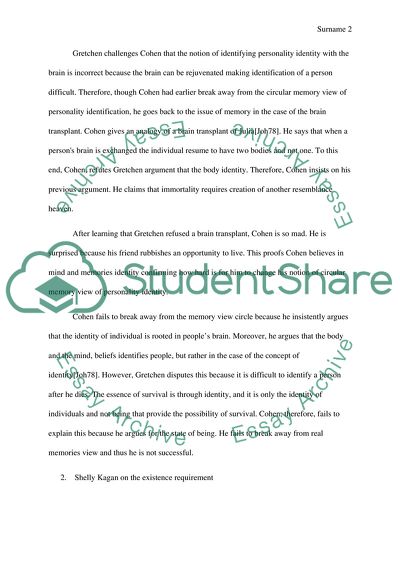Cite this document
(Personal Identity and Immortality Essay Example | Topics and Well Written Essays - 1500 words - 2, n.d.)
Personal Identity and Immortality Essay Example | Topics and Well Written Essays - 1500 words - 2. https://studentshare.org/philosophy/1865439-final-essay
Personal Identity and Immortality Essay Example | Topics and Well Written Essays - 1500 words - 2. https://studentshare.org/philosophy/1865439-final-essay
(Personal Identity and Immortality Essay Example | Topics and Well Written Essays - 1500 Words - 2)
Personal Identity and Immortality Essay Example | Topics and Well Written Essays - 1500 Words - 2. https://studentshare.org/philosophy/1865439-final-essay.
Personal Identity and Immortality Essay Example | Topics and Well Written Essays - 1500 Words - 2. https://studentshare.org/philosophy/1865439-final-essay.
“Personal Identity and Immortality Essay Example | Topics and Well Written Essays - 1500 Words - 2”. https://studentshare.org/philosophy/1865439-final-essay.


